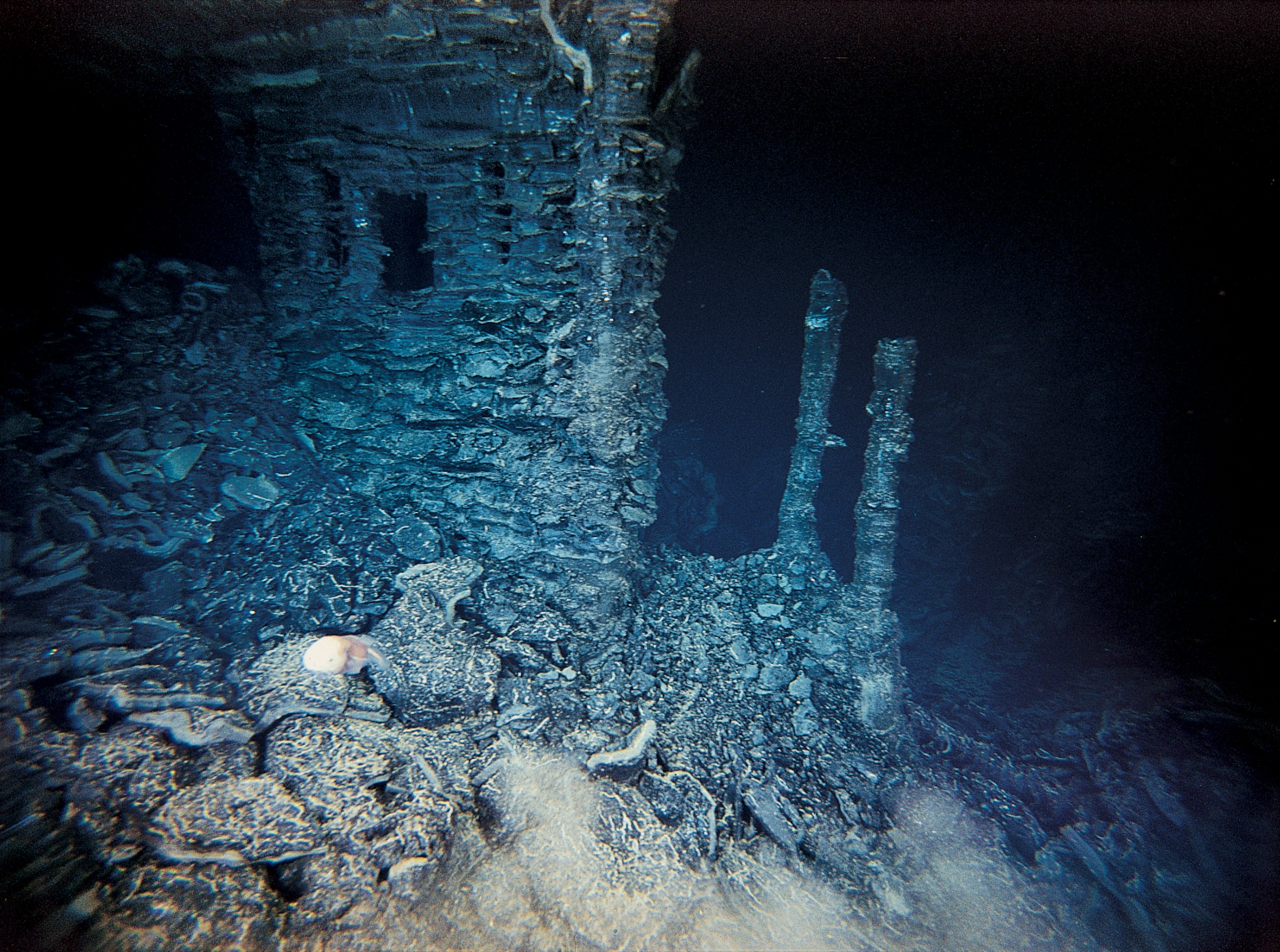Shrimp-like creatures living in the deepest parts of the oceans contain high levels of man-made toxins. Tiny crustaceans, such as yellowish Hirondellea gigas living in darkness about 10,000 meters in the Pacific Ocean, are polluted by PCBs, used in electric transformers or paints, and PBDE chemicals used as flame retardants.
From the 1930s to when PCBs were banned in the 1970s, the total global production of these chemicals was in the region of 1.3million tonnes. Released into the environment through industrial accidents and discharges and leakage from landfills, these pollutants are invulnerable to natural degradation and so persist in the environment for decades.
The research team used deep-sea landers - designed by Dr Jamieson - to plumb the depths of the Pacific Ocean in order to bring up samples of the organisms that live in the deepest levels of the trenches. The authors suggest that the pollutants most likely found their way to the trenches through contaminated plastic debris and dead animals sinking to the bottom of the ocean, where they are then consumed by amphipods and other fauna, which in turn become food for larger fauna still.
Lead author, Dr Jamieson, said: “We still think of the deep ocean as being this remote and pristine realm, safe from human impact, but our research shows that, sadly, this could not be further from the truth. In fact, the amphipods we sampled contained levels of contamination similar to that found in Suruga Bay, one of the most polluted industrial zones of the northwest Pacific. What we don’t yet know is what this means for the wider ecosystem and understanding that will be the next major challenge.”
